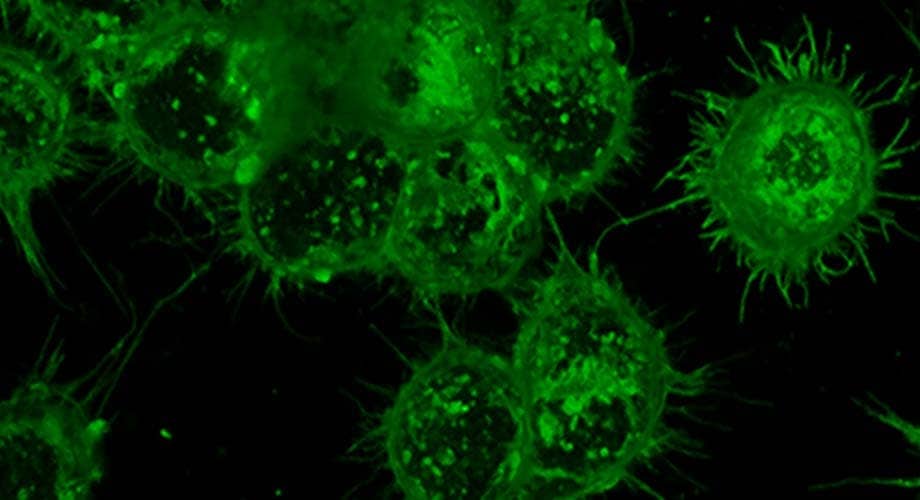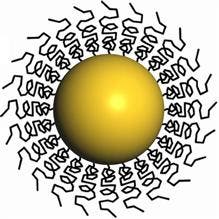
Lymphoma is a cancer that impacts lymphocytes (the white blood cells that form our body’s first line of immunity, defending the body from foreign invaders like bacteria and viruses). Lymphoma travels through the blood and lymphatic system, causing the lymphocytes to change and grow out of control.
Scientists want to find ways to treat patients with lymphoma and some are paying attention to what nature gives us to target cancers. These are the “natural killer cells.”
According to a study published in Nature Reviews Cancer on natural killer (NK) cells, cytotoxic innate lymphocytes are present at high frequency in the circulatory system. The report noted their “exquisite ability to spontaneously detect and lyse transformed or stressed cells.”
Now, researchers are developing treatments to activate NK cells using small molecules or cytokines, and even testing genetically modified living NK cells as therapies.
A suitable name
Philipp Eissmann, Imperial College, London, UK, discussed natural killer cells on the British Society for Immunology site. He said as cells of the innate immune system, NK cells respond quickly to a variety of pathological challenges. He also said that NK cells are best known for killing virally infected cells, and detecting and controlling early signs of cancer.
“NK cells were first noticed for their ability to kill tumor cells without any priming or prior activation (in contrast to cytotoxic T cells, which need priming by antigen-presenting cells). They are named for this ‘natural’ killing.”
Making news on this front is a Scripps Research Institute team, where the researchers have modified NK cells to target lymphoma. Their study, published in Angewandte Chemie, reports their attempts to modify the cells for cancer-fighting powers specifically against lymphoma.
This marks a departure from existing therapies, according to a study co-author, Peng Wu, who is an associate professor in the Department of Molecular Medicine at Scripps Research.
Sialyl-Lewis X
“Some existing lymphoma treatments, including B-cell-killing antibodies and so-called CAR-T cell therapies, work by targeting B cells indiscriminately, largely wiping them out. However, this strategy brings many adverse side effects, including months of immunosuppression due to low antibody levels,” notes a press release on Scripps Research.
The team worked to modify cells to concentrate cancer-fighting power against lymphoma. They added Sialyl-Lewis X, which made the cells gather in bone marrow amid the lymphoma cells. This led to a delay in the development of lymphoma in mice. Scripps referred to the Sialyl-Lewis X as “homing molecules,” indicating scientists’ interest in cell-based treatments that can enhance cancer-killing powers at the site of the cancer.
“Wu and his lab now are continuing to develop this and related strategies for clinical use,” the Scripps Research concludes.





